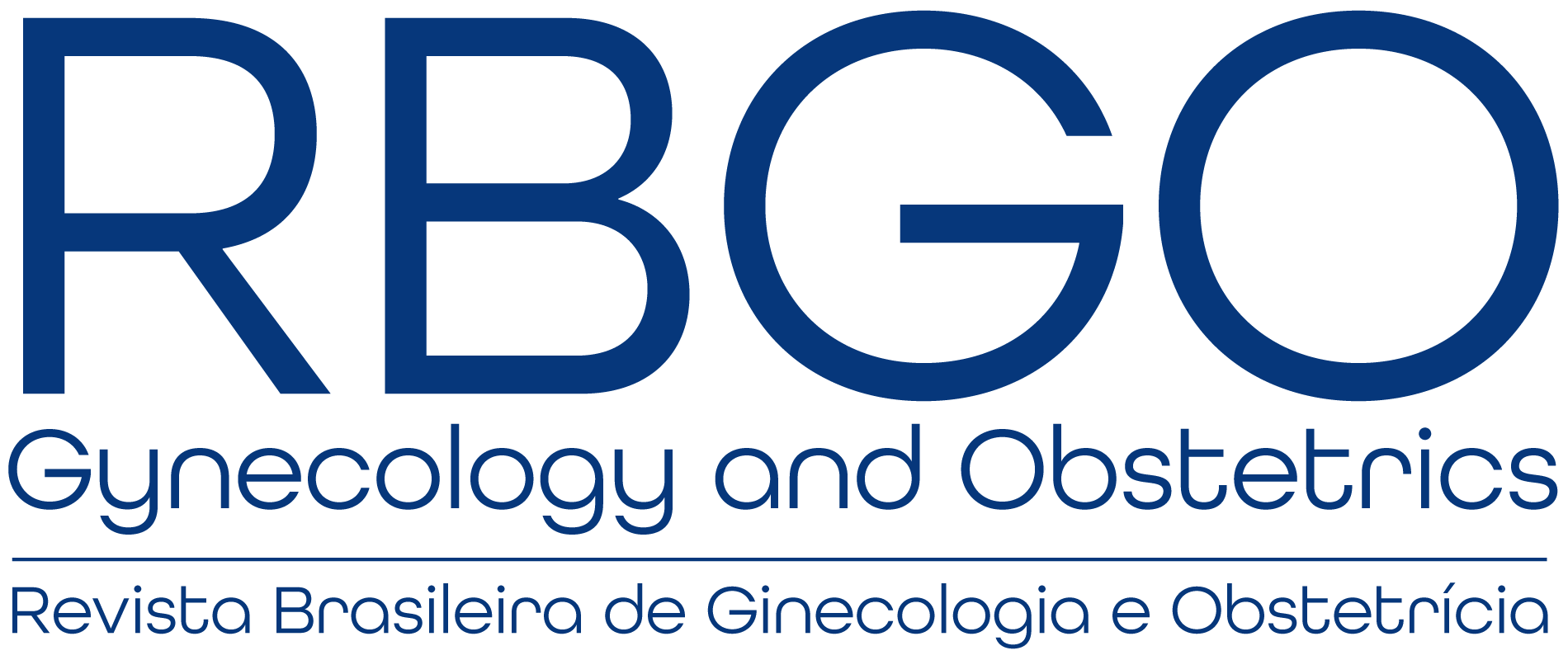You searched for:"Alexandre Faisal-Cury"
We found (2) results for your search.-
Original Article
Postpartum anxiety: prevalence and risk factors
Rev Bras Ginecol Obstet. 2006;28(3):171-178
Summary
Original ArticlePostpartum anxiety: prevalence and risk factors
Rev Bras Ginecol Obstet. 2006;28(3):171-178
DOI 10.1590/S0100-72032006000300006
Views2See morePURPOSE: postpartum anxiety (PPA) is highly prevalent and has important consequences on mother and newborn. The aim of the present study was to estimate the prevalence of PPA and its risk factors, in a sample of women attending a private setting. METHODS: a cross-sectional study was performed with 299 women, at a routine gynecological visit, from August 2000 to May 2003. The Spielberger State-Trait Anxiety Inventory (STAIT) and a questionnaire with sociodemographic data and obstetric data were used. Inclusion criteria were: women with no past or present history of depression, psychiatric treatment, alcohol or drug abuse and whose children were alive. The prevalences of PPA-trace and PPA-state, that evaluate characteristics of personality and transitory anxiety, respectively, were estimated with 95% confiance intervals (CI). Odds ratios and 95% CI were used to examine the association between PPA and exposure variables. Hypothesis testing was done by the chi2 test or chi2 test for linear trend, when categories were ordered. A p value < 0.05 was considered to be statistically significant. RESULTS: the prevalences of PPA-state and PPA-trace were 44.8% (CI 95%: 39.1 - 50.7) and 46.1% (CI 95%: 40.4 - 52.0, respectively). Formal agreement between scales was moderate (kappa = 0.55; p<0.001). By univariate analysis, lower mother income and presence of newborn complications were associated with PPA-state and PPA-trace. Lower maternal age and greater number of alive children were associated with PPA-trace and PPA-state, respectively. By multivariate analysis, PPA-trace and PPA-state were associated with higher mother income (OR:0.39; IC 95%: 0.21 - 0.74, p=0,005; OR:0.46; IC 95%: 0.24 - 0.87, p=0.02) and presence of complications in newborns (OR:2.15; IC 95%: 1.02 - 4.54, p=0.04) (OR:2.47; IC 95%: 1.16 - 5.25, p=0.02), respectively. PPA-trace was associated with greater maternal age (OR:0.34; IC 95%: 0.13 - 0.88, p=0.008), while PPA-state was associated with greater number of alive children (OR:1.82; IC 95%: 1.01 - 3.29, p=0.04). CONCLUSIONS: PPA was highly prevalent in this sample of women attending a private setting. Higher mother income and greater maternal age decrease the risk of AP, while presence of complications in newborns and greater number of alive children increase the risk.
-
Original Article
Post-partum depression screening among women attended by the Family Health Program
Rev Bras Ginecol Obstet. 2005;27(4):181-188
Summary
Original ArticlePost-partum depression screening among women attended by the Family Health Program
Rev Bras Ginecol Obstet. 2005;27(4):181-188
DOI 10.1590/S0100-72032005000400004
Views4See morePURPOSE: to estimate the prevalence of Family Health Program postpartum depression (PPD) and its association with minor mental disorders (MMD) among women attended in two (FHP) PSF units, in the city of São Paulo, and to identify risk factors associated with PPD. METHODS:a cross-sectional study with 70 postpartum women from two FHP units (Fazenda da Juta II and Jardim Sinhá), from October 2003 to February 2004. The following instruments were used: questionnaire with socio-demographical-economic data and obstetric and perinatal data; Self-Report Questionnaire 20 (SRQ-20), for screening of MMD, and Edinburgh Post-Natal Depression Scale (EPDS), for evaluation of PPD. To verify association between explanatory variables and PPD, Student’s t test, chi2 or linear trend chi2 were utilized when indicated. To evaluate concordance between scales (EPDS and SRQ-20) kappa (kappa) coefficient correlation was used. RESULTS:the prevalence of PPD and MMD was 37.1%. Scales presented a good concordance (kappa=0.75). The explanatory variables age, ethnicity, years of education, profession, and marital status, besides partner’s profession and years of education, familiar income, number of pregnancies, parity, miscarriage, number of alive children, premature deliveries, gestational age, type of delivery, planning of actual pregnancy, score of Apgar (first and five minutes), newborn sex and weight, and breastfeeding did not show significant statistical association. A greater perception of social support from the partner was associated with lower prevalence of PPD (p=0.03). CONCLUSION: because of its high prevalence and negative impact upon mother and child, it is worthwhile to sensitize health care professionals about the importance of PPD
Search
Search in:
Tag Cloud
breast (42) breast cancer (42) breast neoplasms (95) Cesarean section (72) endometriosis (66) infertility (56) Maternal mortality (43) menopause (82) obesity (58) postpartum period (40) pregnancy (225) Pregnancy complications (99) Prenatal care (68) prenatal diagnosis (50) Prevalence (41) Quality of life (51) risk factors (94) ultrasonography (79) urinary incontinence (40) women's health (48)


